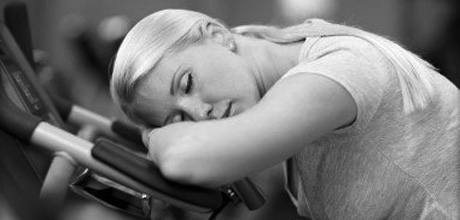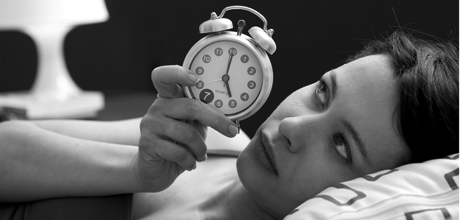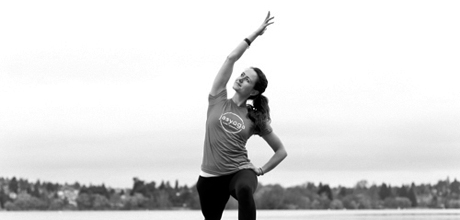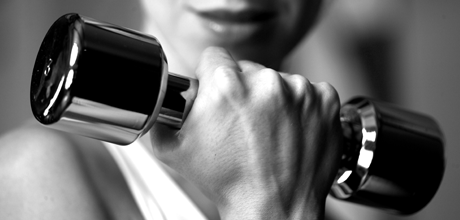
We all know that exercise is good for us so why aren’t we all super-fit already? Because no one can sustain their enthusiasm for exercise forever. Even the best of us can lose our motivation.
Our brains are reward driven. We eat a slice of cake and we feel good. There is an instant reward right there. When it comes to exercise, there is but a promise of reward at a later date, as it takes time to get fit and then even more work to stay that way. There are no guarantees just the possibility of getting fit and healthy if we work hard, somewhere down the road, perhaps. That’s why cake wins over a workout every time.
So what can we do? We must form positive associations with exercise. If we feel good before, during and after exercise the reluctance to do it again becomes less and less over time. Eventually, we are able to sustain our fitness and therefore our life-long goals.
Reduce the amount of pain
When we feel our motivation is slipping and we are losing any desire to exercise, we should reduce the amount of pain inflicted – even remove it completely. Remove the pain from the equation and the reluctance will lessen.
Task: Continue to exercise every day but significantly reduce the amount and/or the intensity of exercise until you no longer feel apprehensive about training.
Combine exercise with things you enjoy
That’s why so many of us listen to music when we exercise. We feel good when we listen to music we like and it helps us get through harder patches during our training session.
Training with others, people whose company we enjoy, has a similar effect. We can partner up with friends or family or a group of people with similar interests and exercise together. That way we focus on the social aspect of training and not on the struggle.
Task: Aim to make every training session a good experience.
Use an instant reward system
It takes time to see results in the mirror. Health benefits of exercise go fairly unnoticed throughout life – we tend to notice when things go wrong with our body but we rarely pay attention to it when we feel fine. So there is no instant reward for exercise unless we add some artificially.
Crossing out days in a calendar can be incredibly satisfying as we get to measure our progress. We can get a jar and add a marble to it for each workout completed with a goal to fill it up by the end of the year. We have to create a reward system that works for us, that’s instant, something we get on completion of our workouts to compensate for the pain.
Food can be a powerful motivator, too. We don’t have to reward ourselves with cake, that would be counterproductive, but we can schedule our training so our breakfast, lunch or dinner comes directly post-workout serving as a reward for our struggle. Eventually our brain connects the two and we form positive associations with the physical activity.
Task: follow up exercise with an instant reward every single time to create positive associations.
Staying motivated comes down to how we see exercise and what we remember about our last training session. Was it fun? Was the pain tolerable? Was there an instant gratification after? Did we enjoy at least some part of it? If the answer to all these questions is “Yes” more often than “No”, having the motivation to exercise regularly will never again be a problem.








